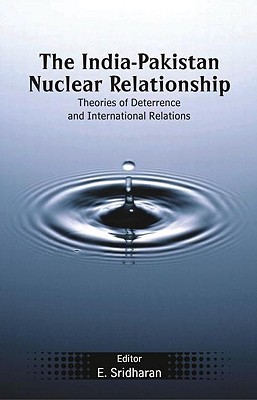
The India-Pakistan Nuclear Relationship; Theories of Deterrence and International Relations PDF
2007·5.771 MB·other
Most books are stored in the elastic cloud where traffic is expensive. For this reason, we have a limit on daily download.
Preview The India-Pakistan Nuclear Relationship; Theories of Deterrence and International Relations
Description:
In the aftermath of the nuclear tests by India and Pakistan in May 1998, followed by the outbreak of fighting in Kargil in 1999, full mobilization on the border in 2001-2, and a continuing separatist insurgency and terrorism in Jammu and Kashmir, conflict resolution and promotion of regional cooperation in South Asia has assumed a new urgency. This book argues that while short-term solutions and military and nonmilitary confidence building measures are necessary to prevent the outbreak of war by accident or miscalculation, there is a need to go far beyond this. In this way, the book is a departure from most other works which are essentially analytical histories. It is not about the motivations and driving forces of the nuclear programmes of India and Pakistan. Rather, it is about the explanatory power of the theories of nuclear deterrence and international relations in explaining India’s and Pakistan’s nuclear behaviour. As the contributors demonstrate, we must begin to conceptually think through the longer-term difficulties in stabilizing the deterrence relationship between the two countries as a first step towards comprehensive conflict resolution and lasting peace. It is a unique book which explores what theory can contribute to the understanding of nuclear deterrence in South Asia, and what the South Asian situation can contribute to theory. Those in the fields of political science, international relations and South Asian security will find it especially useful.
See more
The list of books you might like
Most books are stored in the elastic cloud where traffic is expensive. For this reason, we have a limit on daily download.
